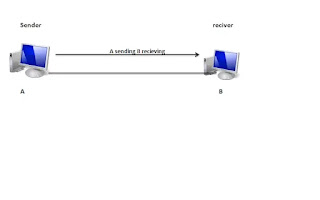Agenda
- Types of Firmware
- Types of Software
Firmware:
- It is a kind of software that is associated with your hardware and do a basic task.
- We can that it is embedded with hardware or layered on hardware.
Types of Firmware
- Low level
- High level
- subsystem firmware
- It is an intrinsic part of the device's hardware.
- It can't be rewritten and updated.
- Device contains low-level firmware have a one-time programmable memory.
- It is often installed in read-only chips.
- It does allow updates and is generally more complex than low-level firmware.
- In the computer it resides on flash memory chips (EEPROM).
What is EEPROM?
- EEPROM (electrically erasable programmable read-only) -It is also called flash memory.
- EEPROM is a type of non-volatile ROM that enables individual bytes of data to be erased and reprogrammed. That is why EEPROM chips are known as byte erasable chips. EEPROM is usually used to store small amounts of data in computing and other electronic devices.
Subsystem firmware:-
- A device or unit that is a semi-independent part of a larger system.
- It has embedded microcode-like high-level firmware and so often resembles the system.
Software
- It is a set of instructions, data, or programs used to operate computers and execute specific tasks.
Types of Software
- System software
- Utility software
- application software
- It is the bottom layer.
- It sits between the application layer and hardware.
- OS Like Windows, macOS, Android, and iOS are examples of system software.
- OS is always loaded in RAM when the device startup and has access to the hard drive.
Utility software
- It always runs in the background .
- It is part of the system software.
- It does the basic task to keep the computer running.
Examples :
- Software security- In simple term, it includes antivirus which scans and remove viruses It removes the antivirus.
- Optimisation programs - In simple terms, include tools for system clean-up, disk defragmentation, and file compression.
Application software:-
- A computer software package performs a specific function directly for an end user or, in some cases, for another application.
- We can remove and add applications to our computer using the operating system(OS).
Examples:
- Word processor
- Spreadsheets
- Web Browsers
- Graphic Software
All the above examples of application software, and can do many specific tasks.
Let's take one more example to understand the Application software:
A word processor continuously directs the OS to load and save files from and to the hard drive.
Let's suppose, we start to work on a file then at that time it is being saved temporarily in the RAM, and if in between your system crashes or shuts down you will lose your file because RAM is volatile and that's why to avoid this issue when you Save the file by clicking "Save" or "Save as " then it saved into the hard drive and you can't lose it until you delete it from the side.


.svg.png)










